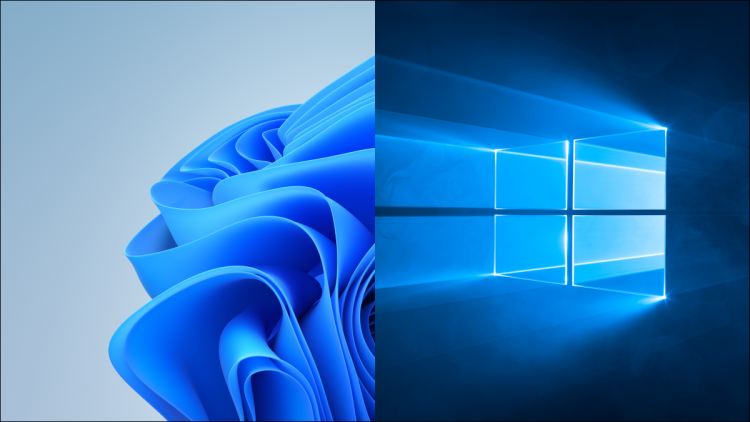Don’t like the current screen saver on your PC? If so, you can quickly and easily switch to one of the other available screen savers on your Windows 10 or Windows 11 PC. We’ll show you how to do just that.
Note: The process to tweak screen saver settings is the same for both Windows 10 and Windows 11 PCs. We use a Windows 10 PC in the guide below.
RELATED: How to Use Classic Screen Savers in Windows 11
Switch to a Different Screen Saver on Windows
To start the screen saver change process, open your “Start” menu, search for “Change Screen Saver”, and select that option in the search results.

You’ll see a “Screen Saver Settings” window. On this window, choose the new screen saver from the “Screen Saver” drop-down menu. Your options are:
- None: To disable the screen saver completely, choose this option.
- 3D Text: To have your custom text with custom formatting displayed in three-dimension, select this option.
- Blank: This option displays a blank black screen.
- Bubbles: You’ll see bubbles on your screen with this screen saver option.
- Mystify: To use curved moving lines as your screen saver, choose this option.
- Photos: Select this option to display a slideshow of your photos in your screen saver.
- Ribbons: This option displays ribbons of various colors.

After selecting a screen saver, customize its settings by clicking “Settings.”
For example, if you’ve chosen “3D Text” as your screen saver, then in settings, you can define your text and its formatting.

If you’d like to see how your screen saver looks before you put it into action, click the “Preview” button. Feel free to adjust any other options you want.
When you’re done, set the selected screen saver as the default by clicking “Apply” and then “OK.”

And that’s it. When the time comes, your PC will display your chosen screen saver with its custom settings. Enjoy staring at your screen!
Did you know you can prevent users from changing your screen savers? This ensures your preferred screen saver sticks.
RELATED: How to Prevent Windows Users From Changing the Screen Saver
Source by www.howtogeek.com






























